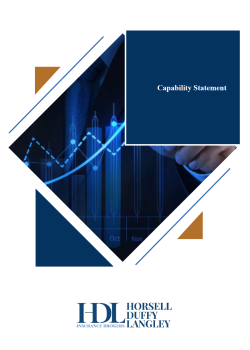Product liability claims in the life sciences industry are unique. In many cases, the products in question make a direct impact on consumers’ health.
When they don’t perform as intended or cause an injury, the consequences can be severe. Especially in the context of social inflation, product liability claims can potentially cost life sciences companies millions.
What many in the industry don’t realise is that a portion of these costs can’t be recouped from a product liability policy. Such unexpected costs can be categorised as immediate or deferred costs.
Fortunately, life sciences companies can reduce or avoid these costs by implementing a few proactive risk mitigation strategies.
1. Surveillance and Sentiment Analysis
Companies can get ahead of potential product liability claims by keeping a pulse on consumer feedback and monitoring different forums for mentions of the company and specific products.
Manufacturers of single-use products, for example, can run into liability issues if another party starts reselling their devices online, presenting compliance and potential safety risks. Algorithms that analyse customer reviews or social media comments can alert that manufacturer to liability risks resulting from inappropriate use. Importantly, companies also need to establish a clear process for cataloguing this information, as well as escalation and intervention.
In the case of the reseller, a simple cease and desist letter can put an end to the activity. Should a claim arise anyway, the manufacturer can at least show that they took steps to ensure their product was used as intended.
2. Data and Document Management
Thorough and organised documentation goes a long way in building a strong defence should a claim arise. A strong defence means shorter litigation duration, fewer associated costs, and a better overall claim outcome.
To keep important information from slipping through the cracks, every company should have a written records management and retention policy, which all employees are trained on, as well as data mapping capability to all electronically stored information.
3. Training for Claim Prevention
Neither of the above two strategies will work, of course, without investment in training. Companies can build a culture of prevention by continually reinforcing the importance of documentation, and by ensuring everyone knows their role when it comes to escalation of negative feedback.
Sales or customer service reps should know how to respond to a complaint depending on where it came from. For example, sentiment analysis may identify a complaint made by a consumer on social media regarding the ineffectiveness of an over-the-counter drug. Another complaint about the same product may come from a medical professional questioning the drug’s indications in a trade publication.
For companies that outsource sales or communications, documentation of this training is even more pertinent.
Get help with Risk Mitigation
Life sciences risk managers don’t have to tackle these strategies on their own. They should work with both their insurance broker and their insurer who take a consultative approach to helping insureds reduce risk proactively to help prevent losses and claims.
Some insurance policies also have a mitigation expense supplementary benefit which is available to insureds to mitigate expenses pre-claim.
Of course, when claims do happen, Insurers have a specialised panel of lawyers with expertise in defending life sciences claims.

